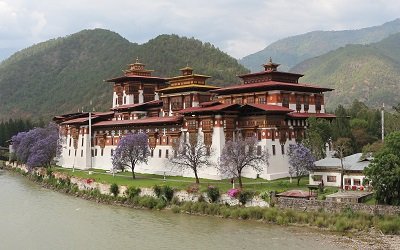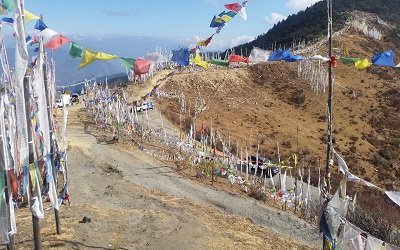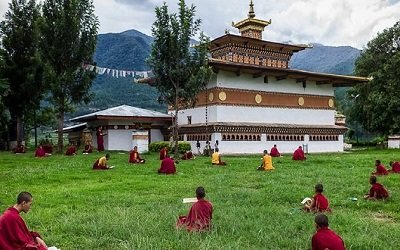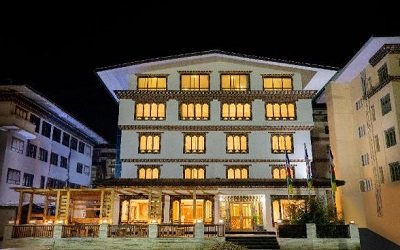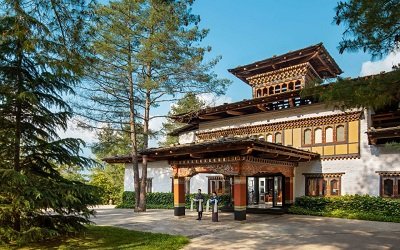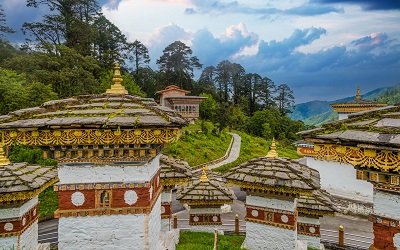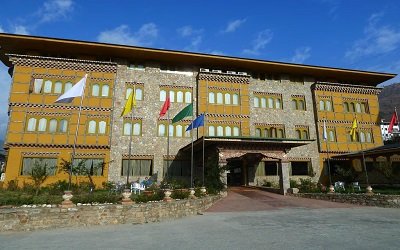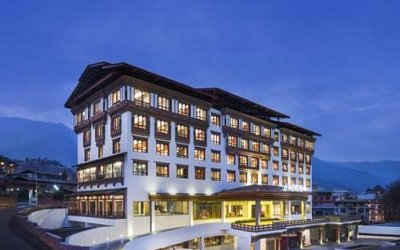Bhutan Wildlife Tour Packages
Choose from our expertly crafted wildlife adventures designed for nature enthusiasts and photographers
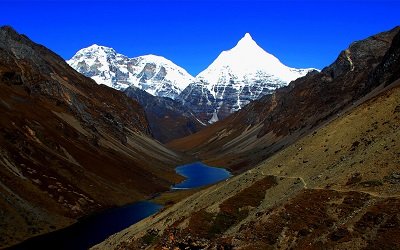
Essential Wildlife Explorer
- Royal Manas National Park safari
- Bird watching at Phobjikha Valley
- Expert naturalist guide
- 3-star eco-lodge accommodation
- All meals & transportation
- Wildlife photography tips

Premium Wildlife Adventure
- Tiger tracking in Royal Manas
- Snow leopard expedition (Jigme Dorji NP)
- Black-necked crane watching
- Photography workshop with expert
- 4-star boutique lodge stays
- Cultural monastery visits
- Professional wildlife guide
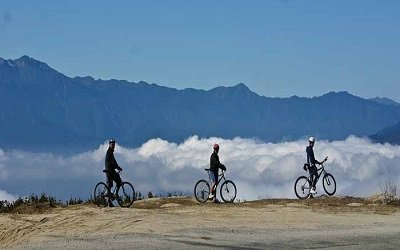
Ultimate Wildlife Expedition
- Multi-park wildlife expedition
- Exclusive snow leopard tracking
- Tiger safari with camera traps
- Conservation research participation
- Luxury eco-resort accommodation
- Private wildlife photographer guide
- Helicopter transfers included

